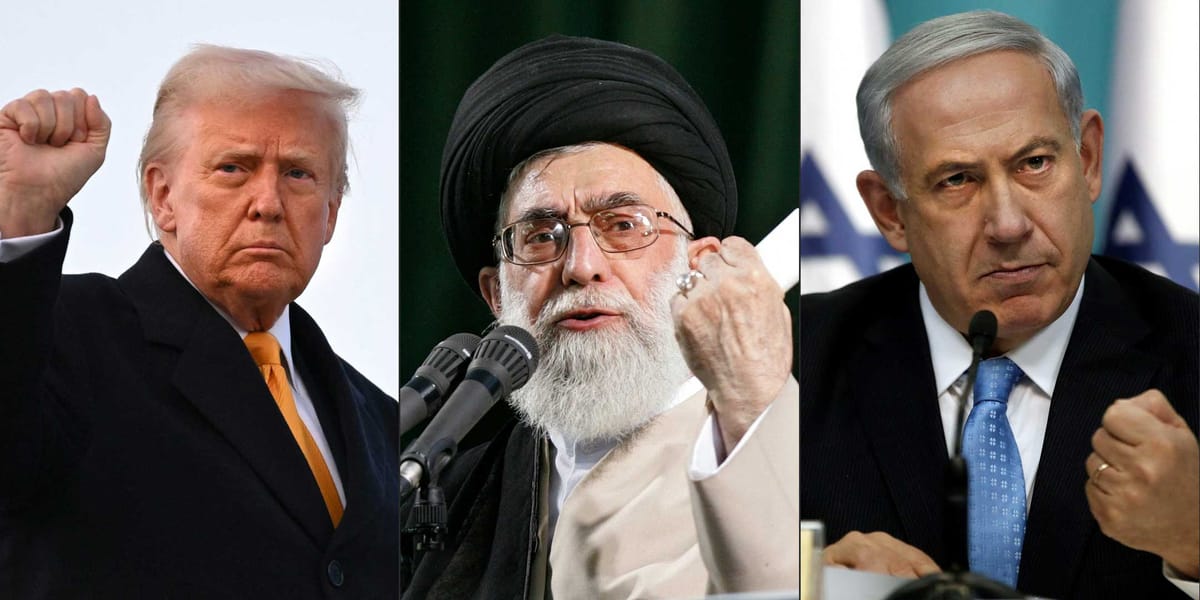The Strategy Behind Trump's Ceasefire: Could Iran's Regime Change Happen Internally?

The art of negotiation hinges on mutual gains—no party achieves everything, but each secures critical interests. This was evident in the recent ceasefire that paused the Iran-Israel conflict, benefiting Israel, Iran, and the U.S. in the short term. Yet, the question remains: who will emerge victorious in the long run? For Israel, Iran’s pursuit of nuclear weapons represented an existential threat. Evidence indicates Iran was close to acquiring a nuclear capability, enriching uranium beyond civilian levels in clandestine facilities, with missile delivery systems capable of reaching Tel Aviv. Although a nuclear device was not yet in hand, the potential was imminent, with the capacity to resolve the final mechanism issue through large payload bombs.
Post-conflict assessments show Iran’s nuclear program has been thoroughly impacted—scientists involved in weapon development are dead or incapacitated, enrichment sites are damaged, and missile arsenals have been diminished. The military advantages gained include reduced threats from proxies like Hamas, Hezbollah, and the Houthis. U.S. intervention, while initially opposed by Israel’s military leaders, was ultimately secured, reinforcing Israel's strategic alliance with America, with fewer than 30 Israeli casualties.
Meanwhile, Iran’s regime, led by an aging, ideologically rigid Ayatollah, remains fragile. The regime’s legitimacy, rooted in anti-Israel and anti-U.S. propaganda, faces internal dissent amid economic decline and regional pressures. Iran's diverse population—comprising Kurds, Azeris, Baluchis, Arabs, and religious minorities—resents Persian dominance, and repression maintains a fragile political balance. For now, the ceasefire allows the regime’s survival and the potential rebuilding of its foundation. Regional dynamics shifted as well. Gulf Arab monarchies, wary of Iranian influence but cautious about regional instability, found the ceasefire to be a strategic stability—weakening Iran without provoking direct conflict. Countries like Saudi Arabia and the UAE, having fought Iran-backed proxies, prefer stability to safeguard their economic pursuits amid ongoing social reforms.
The conflict also affected neighboring states: Syria, Lebanon, Jordan, and Iraq, historically influenced by Iran’s proxies, now have the opportunity to chart independent paths away from Tehran’s shadow. Global oil markets saw limited disruption; prices increased modestly, but no significant supply shocks occurred, thanks to the strategic reserve capacity of Saudi Arabia and Iran’s continued export capabilities via the Strait of Hormuz. Strategically, the U.S. benefits from a setback to Iran’s nuclear ambitions, with minimal American casualties or economic fallout. This enhances Trump’s image as a decisive leader, contrasting with historical appeasement.
Yet, whether Iran will abandon nuclear pursuits remains uncertain. The possibility of regime change by internal opposition is now a topic of discussion—though many experts argue that revolution should stem from within Iran, not external intervention. As the Middle East’s geopolitical landscape evolves, the long-term implications remain complex. Can Iran’s internal pressures foster a regime shift? Or will regional and international actors continue to influence the balance of power? Only time will tell, but the recent ceasefire marks a significant, if temporary, shift in the region’s strategic calculus.




